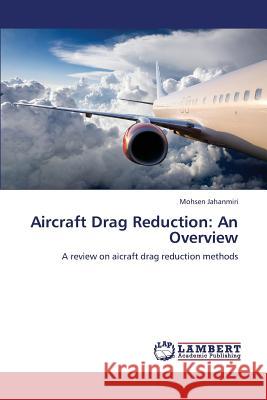Aircraft Drag Reduction: An Overview » książka
Aircraft Drag Reduction: An Overview
ISBN-13: 9783659336423 / Angielski / Miękka / 2013 / 72 str.
Aircraft drag reduction is a great challenge but there is certainly room for improvements. The drag breakdown of a civil transport aircraft shows that the skin friction drag and the lift-induced drag constitute the two main sources of drag, approximately one half and one third of the total drag for a typical long range aircraft at cruise conditions. This is why specific research on this topics have been initiated and it seems that Hybrid Laminar Flow technology and innovative wing tip devices offer the greatest potential. The aim of this review manuscript is to highlight the state of the art in aeronautical drag reduction, and also describe several emerging drag-reduction approaches that are either active or reactive/interactive.
Aircraft drag reduction is a great challenge but there is certainly room for improvements. The drag breakdown of a civil transport aircraft shows that the skin friction drag and the lift-induced drag constitute the two main sources of drag, approximately one half and one third of the total drag for a typical long range aircraft at cruise conditions. This is why specific research on this topics have been initiated and it seems that Hybrid Laminar Flow technology and innovative wing tip devices offer the greatest potential. The aim of this review manuscript is to highlight the state of the art in aeronautical drag reduction, and also describe several emerging drag-reduction approaches that are either active or reactive/interactive.











